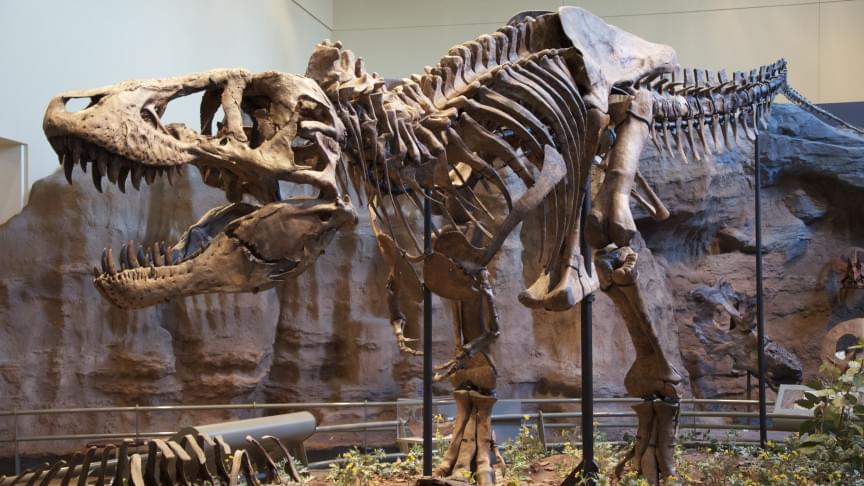Another 999 attempts and the trash will be gone forever.
The first 100,000 kg of plastic has now been recovered from the Great Pacific Garbage Patch (GPGP), The Ocean Cleanup, a non-profit organization engaged in removing plastic dumped in oceans, revealed in a LinkedIn post.
Founded in 2013, The Ocean Cleanup is developing technologies that can help remove plastics that are discarded into the oceans as well as intercept them in the rivers before they enter the larger water bodies. The organization’s target is the GPGP in the North Pacific Ocean, where trash from countries in Asia, South America, and North America gathers into a large gyre of debris in the water. ## How does The Ocean Cleanup plan to clear it?
As part of its strategy to clear up the GPGP, the organization built System 001\.
Less than a decade since its founding, The Ocean Cleanup marks a major milestone and gears up for faster and more efficient cleanup in the future.







